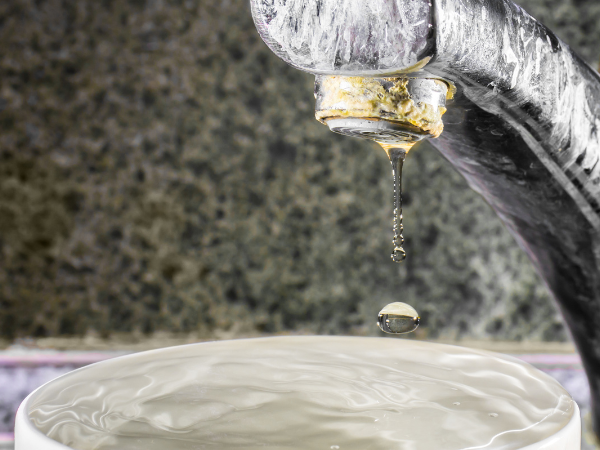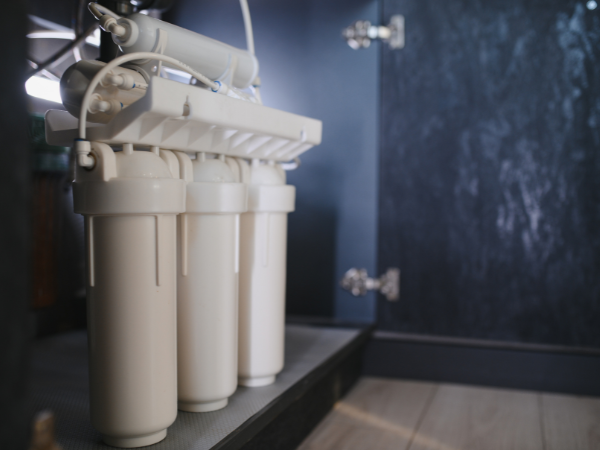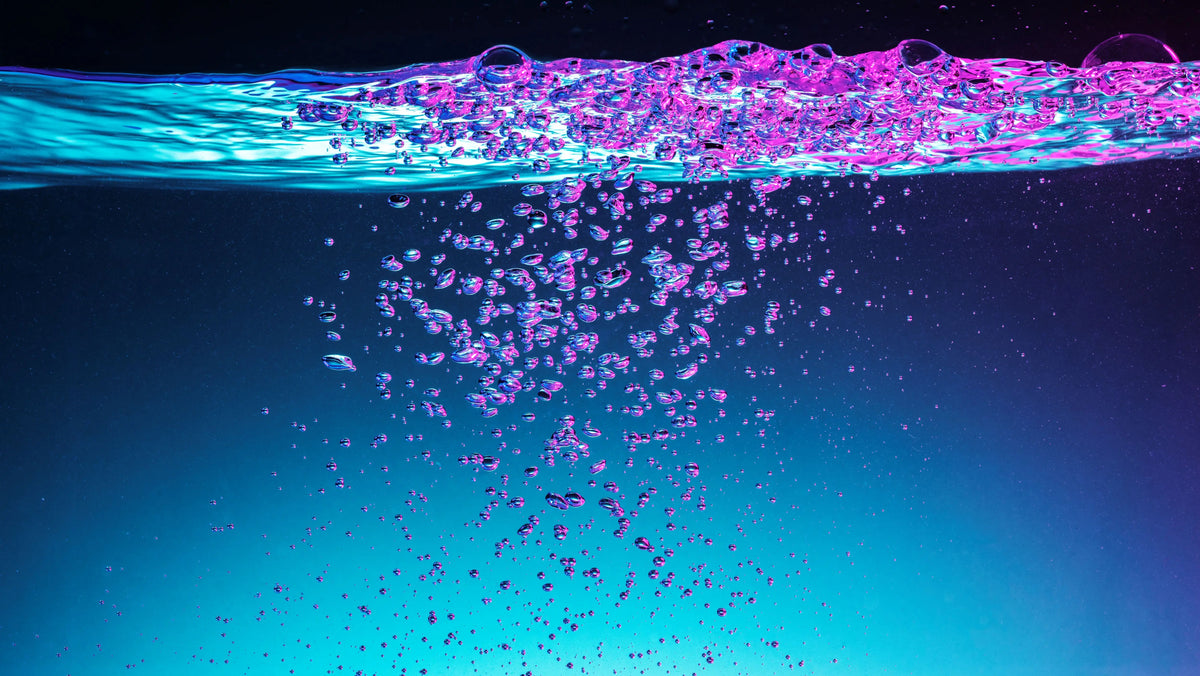Build Your Own Reverse Osmosis

You Should Build Your Own Reverse Osmosis System
Are you sick of having to replace your home's water filter or buy expensive bottled water? Do you have any plans to construct your own reverse osmosis unit? With some study and ingenuity, you can build your own reverse osmosis system. By forcing water across a semipermeable membrane, pollutants and impurities are removed during the reverse osmosis water purification process. Water molecules can get through the barrier, but bigger molecules like minerals, germs, and other contaminants can't. The end product is safe and healthy for human consumption.
There are a few essential parts you'll need to build your own reverse osmosis system. To begin, the water will need to be pre-filtered to get rid of any significant debris or silt. The membrane used in reverse osmosis is essential to the functioning of the entire system. The membrane filters the water and gets rid of all the nasty stuff in it. Finally, a post-filter is required to get rid of any lingering particles and enhance the water's flavor.
You need to learn about the different membranes and filters on the market before you can start constructing your system. It is vital to select the appropriate membrane for your purposes, as there are many varieties of membranes with differing degrees of permeability. Think about how much water you need to clean and how big of a system you can afford.
How To Build Your Own Reverse Osmosis System
You can start to build your own reverse osmosis system as soon as you have all the necessary parts. Put in the pre-filter first to get rid of the silt and big particles in the water. This can be accomplished with either a single-stage sediment filter or a complex filtration system. The next step is to set up the RO membrane. If you want your system to work properly, this is the most crucial part to install according to the instructions. Finally, a post-filter should be set up to get rid of any lingering sediment and enhance the water's flavor.It is crucial to do regular water tests while you construct your system to confirm that the water is being cleansed as intended. To determine the exact amount of solids in the water, a TDS (total dissolved solids) meter can be used. Water purity is maximized when the total dissolved solids (TDS) content is below 10 ppm. It's possible to have a lot of fun and useful experience if you build your own reverse osmosis system. You'll have pure drinking water at your disposal, and you'll feel good about having created the system yourself. If you don't have to buy bottled water or change up your water filter as often, you'll save money in the long term.
The construction of a reverse osmosis system does, however, call for certain technical know-how and do-it-yourself skills. Hiring a professional to install your system is a good idea if you aren't handy around the house or have little knowledge of plumbing and electrical work. Creating your own reverse osmosis system allows you to tailor it to your exact specifications. If you happen to reside in a region where the water is very hard, for instance, you might select a membrane that is optimized for mineral removal and hardness softening. If the chlorine and other pollutants in your water supply have you worried about its flavor and aroma, an activated carbon filter is an easy solution.
Saving money on repairs and upgrades is another perk of doing it yourself. Changing the filters and replacing the membranes on many commercial reverse osmosis systems is an ongoing expense. When you construct your own system, you have complete control over the components you use, allowing you to save money while also reducing your long-term maintenance and repair costs. Reverse osmosis systems are versatile and can be utilized for more than only providing potable water purification. Aquariums, hydroponics, and other niche uses can all benefit from purified water produced by reverse osmosis. If you build your own reverse osmosis system, you can modify it to meet your requirements and put it to many other uses.




